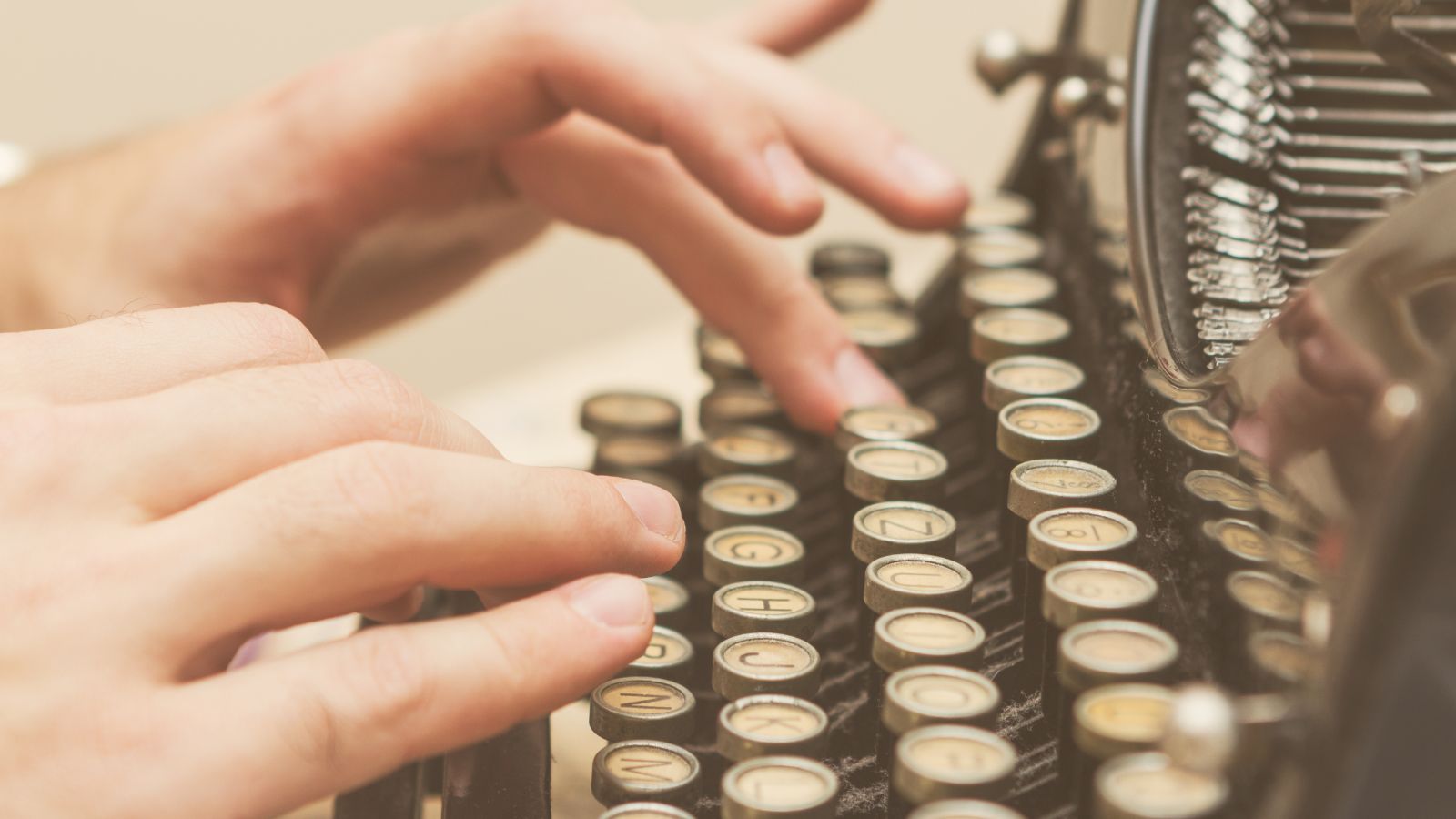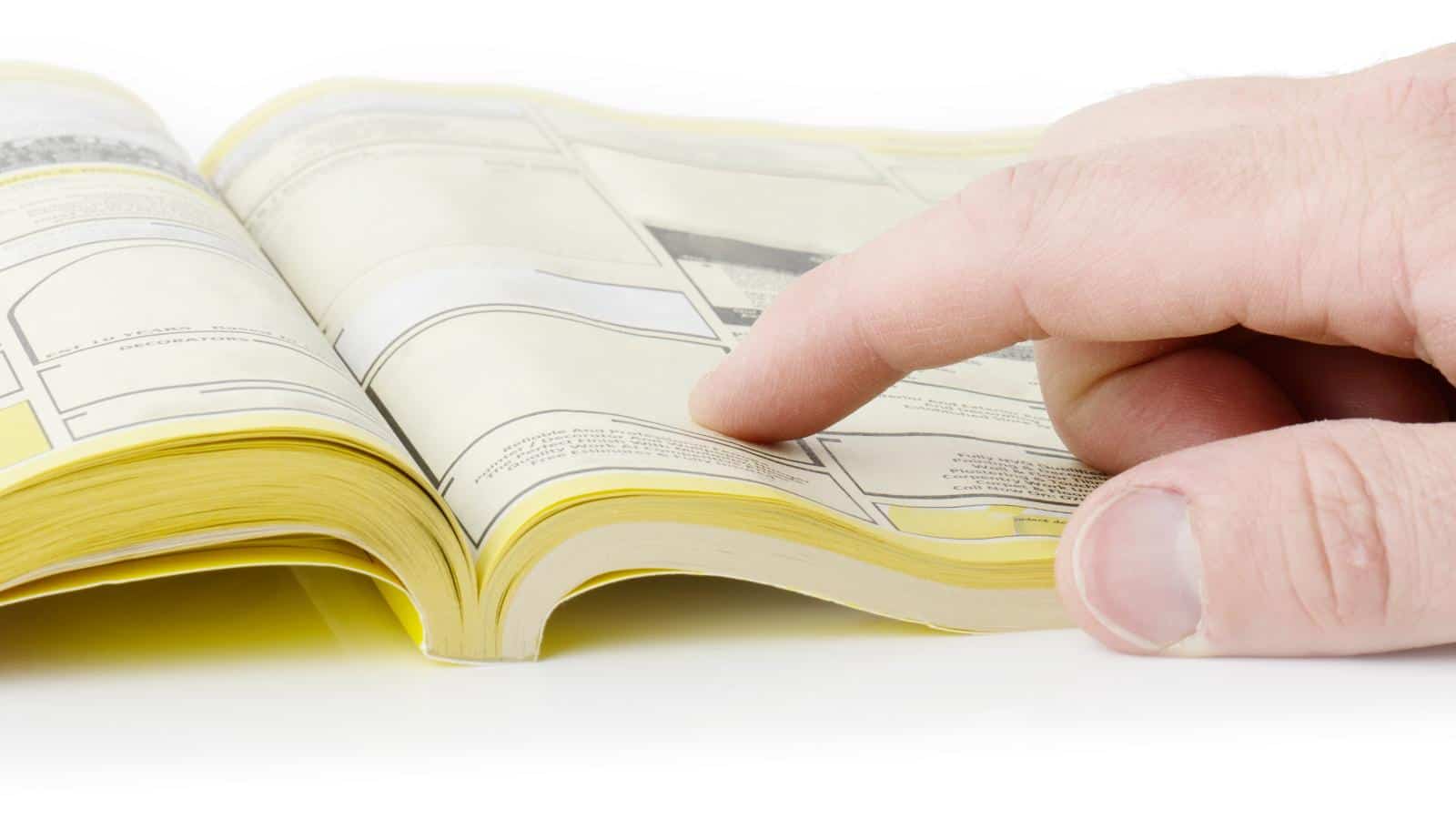As society and technology evolve, many traditional practices and analog devices that were once commonplace are becoming outdated and antiquated. Activities like reading maps and using library card catalogs, which were once widespread, are now rare, while more efficient digital alternatives have taken their place. Here are 17 classic practices and devices that are gradually being phased out by society.
Analog Television

It probably won’t be surprising to learn that analog TVs have been largely replaced by digital TV in the U.S. Lifewire notes that analog TV was “subject to interference, such as ghosting and snow, depending on the distance and geographical location of the TV receiving the signal.” Modern digital televisions can display HD images and offer widescreen visuals, which we can all agree is far better.
Dial-up Internet

Dial-up internet was the dominant way to access the net in the 1990s, and telephone wires were used to connect devices. However, the rise of affordable and widely available high-speed broadband as internet infrastructure has caused dial-up to be viewed as a slow, obsolete technology. We still miss the funny sound it used to make, though.
Handwritten Letters

For centuries, handwritten letters were the primary way to communicate with someone over a long distance. But the rise of digital communication platforms like email, social media, and instant messaging has all but wiped out the historic practice. Jill Summerhayes lamented the decline of handwritten letters in a piece for Cambridge Today, writing, “Many people reading this will never have felt the joy that receiving a handwritten letter brings.”
Physical Maps and Atlases

Physical maps and atlases have been used in classrooms, on car rides, and when walking for generations. However, the dominance of GPS and digital mapping services like Google Maps with modern conveniences like real-time updates and directions has rendered map-reading a lost art. The Guardian reported in 2022 that “three-quarters of UK adults can’t read a map.”
Film Photography

The widespread shift to digital photography in the 2000s saw a decline in the popularity of film photography. The instantaneous gratification and uploading of digital photography have largely replaced traditional film photography. However, as MarketPlace notes, film photography saw a resurgence in 2016 and is a popular niche art form.
Public Payphones

Public payphones were once ubiquitous in British towns and cities, but the rise of the mobile phone has led to their near extinction. We just need them anymore because everyone has a smartphone with them.
Physical Encyclopedias

Physical encyclopedias were once the sources of reliable expert information prominent in libraries, schools, and universities. However, the rise of online knowledge databases like Wikipedia and more niche sites has replaced the need for physical encyclopedias, which are outdated as soon as they are printed.
Manual Cash Registers

A byproduct of the COVID-19 pandemic has been the shift from cash payments to contactless credit and debit card payments. This has led to some businesses ceasing to accept cash payments and going fully digital. Most cash registers were already electronic, so this shift has further pushed manually operated cash registers into obscurity.
Library Card Catalogs

According to Circulating Now, “not so very long ago,… card catalogs were pretty much synonymous with libraries.” But the digitization of library catalogs has made searching for and accessing books easier than in old-fashioned card catalogs, freeing up space that was once held by endless card drawers.
VHS

Streaming services and on-demand digital content platforms have largely replaced the demand for physical copies of television shows and movies. Before that, DVDs were the dominant technology for watching content after it had aired, replacing VHS in the 2000s. Today, VHS and VCRs are niche collectors’ items.
Fax Machines

Fax machines could be found in every office in the UK in the 1980s and 1990s, allowing documents to be scanned and sent out to another machine that would print them out. Email has replaced the fax machine in most offices, and it is now a niche product used by law firms and in medical administration.
Manual Typewriters

Manual typewriters were a standard feature of offices in the UK for a century after their widespread adoption in the 1880s. However, the efficiency and functionality of computers running digital word processors from the 1980s onward saw the end of the ubiquity of the typewriter. Today, they have a niche use in artistic and nostalgic contexts and are a collector’s item.
Yellow Pages

Looking in the Yellow Pages was the easiest way to find a business in the pre-internet age. Today, they have moved online, with physical books seen as a waste of environmental resources and less effective than a quick Google search.
Traditional Bulky CRT Monitors and TVs

Analog television was watched on bulky CRT TVs for decades until they were replaced by LCDs in the late 1990s and early 2000s. LED and OLED technology allowed for slimmer televisions and computer screens and better picture quality. But some still prize CRTs for their compatibility with older video game consoles, and they are widely used in tournaments for video games like Super Smash Bros. Melee.
Physical Media Storage (Floppy Disks, CDs, DVDs)

Floppy disks, CDs, and DVDs are physical methods of storing data like computer files and audio and television programs. But the move toward cloud storage and online audio and television streaming has largely replaced the need for them, with CDs and DVDs being enjoyed by a smaller, more niche audience.
Paper Bank Statements and Bills

The push toward digital statements and online billing has seen a decrease in paper bank statements and bills being sent to customers. Digital statements are better for the environment and are instantly available, unlike their physical predecessors.
Classroom Chalkboards

Digital whiteboards and projectors offer schoolchildren a more interactive learning experience than old-fashioned chalkboards. The classroom chalkboard was widespread for over 200 years, but whiteboards proved more efficient with their ability to integrate multimedia resources and eliminate the build-up of chalk in classrooms.

